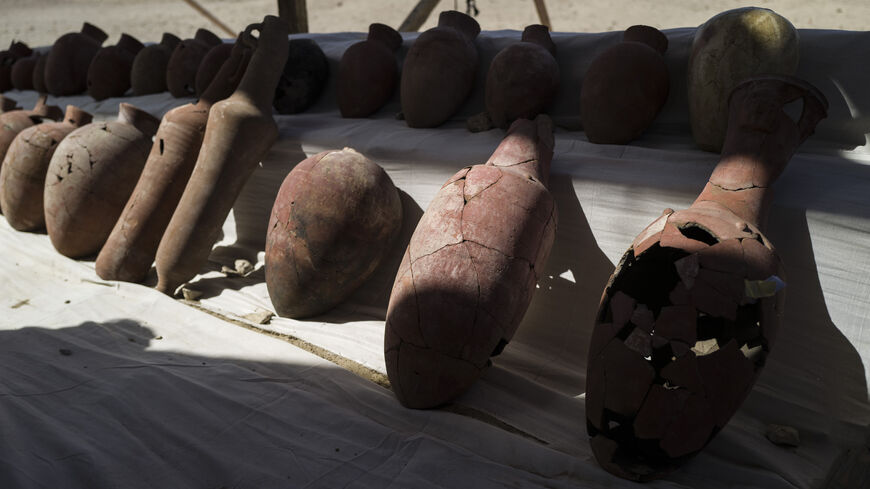The discovery of unique tomb in Egypt’s Giza
The archaeological discovery provides new insight into the turbulent period of the beginning of the era of Persian domination of ancient Egypt and puts forward the first evidence of true globalization in the ancient world.

CAIRO — The Egyptian Ministry of Antiquities announced July 15 that an archaeological mission of Czech Institute of Egyptology, Faculty of Arts, Charles University in Prague found the sarcophagus of Wahipra Merinit, who was the “commander of foreign soldiers” during the late 26th dynasty and the beginning of the 27th dynasty, in the archaeological area of Abu Sir, Giza.
In a press release, the ministry said that the discovery is “unique of its kind” and provides the first evidence of a real globalization era in the ancient world.
Subscribe for unlimited access
All news, events, memos, reports, and analysis, and access all 10 of our newsletters. Learn more
Continue reading this article for free
Access 1 free article per month when you sign up. Learn more.
By signing up, you agree to Al-Monitor’s Terms and Conditions and Privacy Policy. Already have an account? Log in








